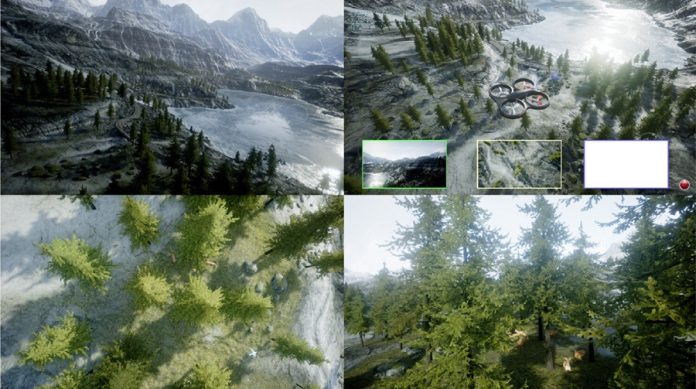
Designing video surveillance systems using drones (also known as uncrewed aerial vehicles or UAVs) is a complex task.
These flying devices are useful for capturing live video of areas that are hard for people to reach, such as disaster zones or remote locations.
But building a reliable and high-quality system that connects drones with computers, networks, and software is no easy job.
To make this process easier and more effective, researchers at the University of Tsukuba in Japan have developed a new method called SPADE, which stands for Simulator-assisted PerformAbility Design methodology for UAV-based Systems.
This new approach was created to help engineers test and improve drone-based video systems before they are used in the real world. The study was published in the journal Future Generation Computer Systems.
One of the biggest challenges in designing UAV video systems is figuring out how the whole setup will perform in real-life situations—without actually needing to fly a drone every time something is tested.
That’s where SPADE comes in. The researchers created a virtual environment that closely mimics the real world.
In this environment, a simulated drone flies and captures video, just like a real one would. The video data collected is then processed by an actual computer, allowing researchers to measure how well the system performs in terms of video quality, object detection, and even energy use.
By running these tests virtually, designers can spot problems early, try different settings like video resolution, and understand how changes might affect performance. They can also compare trade-offs—for example, how better image quality might use more power or slow down processing.
What makes SPADE especially useful is its ability to show how different design choices will impact the overall system before anything is physically built or deployed. This saves time, reduces costs, and lowers the risks involved in building advanced drone surveillance systems.
The researchers believe that SPADE will be helpful not only for small-scale projects but also for future systems involving many drones working together. Their next step is to improve the method further so it can handle more complex and large-scale designs, such as fleets of drones monitoring wide areas at once.
With tools like SPADE, the future of drone surveillance could become more efficient, reliable, and easier to design from the ground up.
Source: University of Tsukuba.



